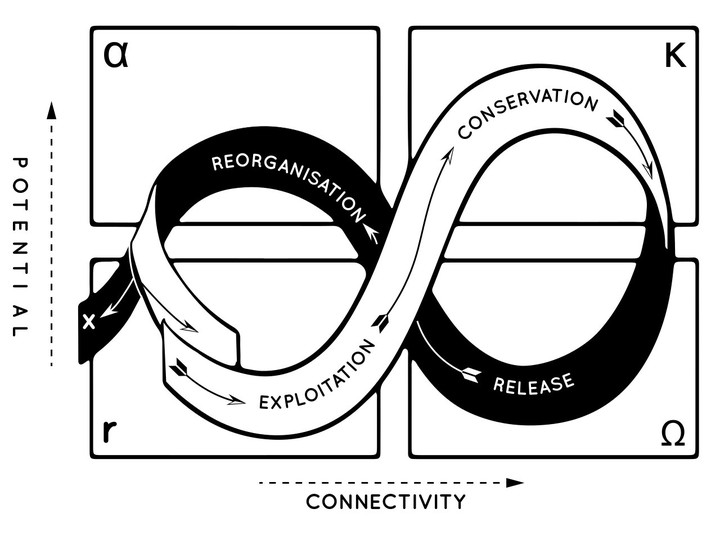Adaptive cycles in archaeology. Indicators of change and stability in socio-economic systems.
 The adaptive cycle
The adaptive cycle
Abstract
In this chapter, I will evaluate the potential of adaptive cycles as a heuristic device to structure and interpret archaeological data, with the aim of understanding the nature, drivers and consequences of multi-dimensional, multi-scalar change over a long-term diachronic perspective covering the Iron Age to late Hellenistic period (10th to 1st c. BCE).
Type
Publication
Book chapter. In: Once upon a river. Long-term change in social metabolism of the Aglasun valley.